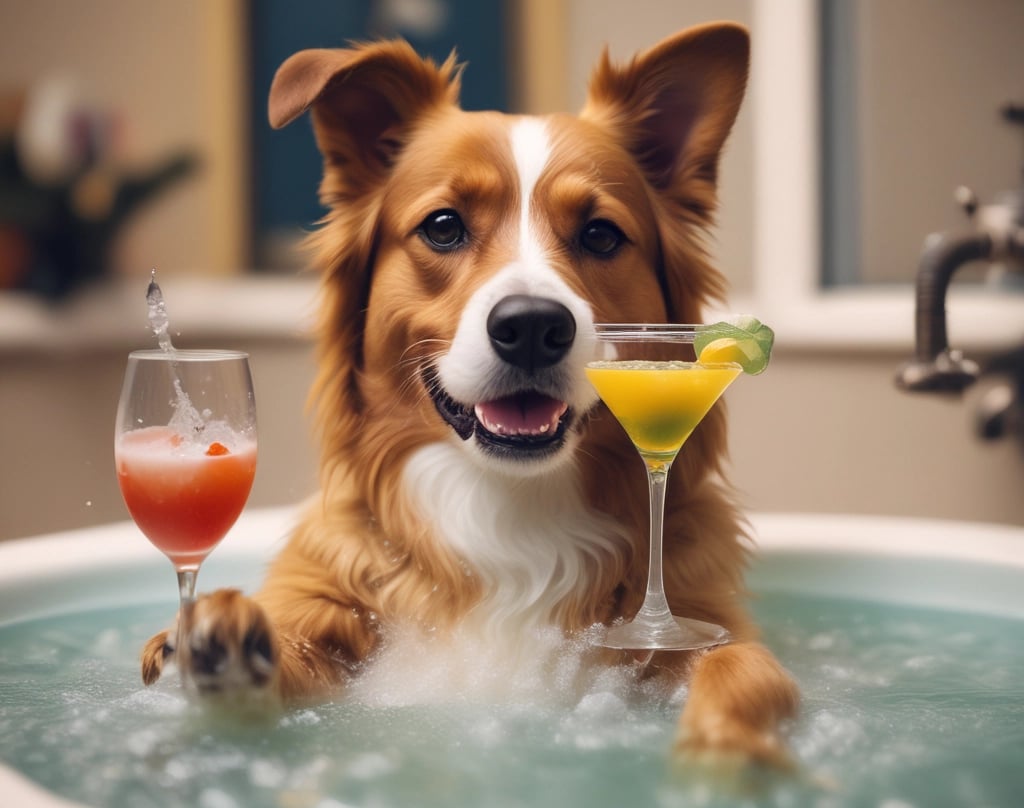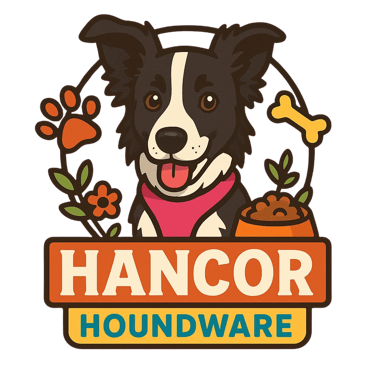Because your pet deserves more than boring basics.
🐾 The Truth About Dog Shampoo
(and Why Yours Might Be the Problem)
11/1/20253 min read


Let’s face it — bath time can either be a splashy spa session… or a wrestling match worthy of pay-per-view.
But here’s something most pet parents don’t realize: it’s not always the dog that’s the problem — sometimes, it’s the shampoo.
We all want our dogs to smell like wildflowers and look runway-ready, but that “fresh” scent and shiny coat don’t always tell the full story. Some shampoos clean too well, while others coat the fur in artificial fragrances that can cause long-term irritation.
So let’s dig in — what’s really in your dog’s bottle, and how do you know if it’s doing more good than harm?
🧴 Not All Ingredients Are Created Equal
You’ve probably seen scary posts online about “toxic dog shampoos,” but here’s the truth — it’s all about balance and formulation.
Ingredients like SLS (Sodium Lauryl Sulfate), Glycerin, and Sodium Chloride aren’t villains by default. In the right ratios, they actually help your dog’s coat stay fresh, clean, and manageable.
Here’s how each of our ingredients pull their weight:
Aqua (Water): The base of any shampoo. It hydrates and helps dissolve oils, dirt, and herbal extracts evenly through your dog’s coat.
Sodium Lauryl Sulfate (SLS): A mild cleanser that lifts dirt and grease. When balanced with moisturizers like Glycerin, it’s effective without being harsh.
Glycerin: A humectant that attracts moisture — basically a drink of water for your dog’s skin.
Sodium Chloride (Salt): Used in small amounts to thicken shampoo and balance the formula.
Zinc Oxide: A soothing skin protector — great for calming irritation and redness.
Lavender & Chamomile Extracts: Gentle botanicals known for calming inflammation, soothing itchiness, and leaving a fresh, natural scent.
The problem isn’t these ingredients — it’s when they’re overused, unbalanced, or combined with harsher additives.
🚫 Where Things Go Wrong
Cheaper mass-produced shampoos tend to overload the formula with aggressive surfactants, heavy synthetic perfumes, or artificial dyes.
These can strip away your dog’s natural oils, leading to dry, itchy skin and that endless scratching dance after bath time.
Signs your shampoo might be too harsh:
Your dog’s skin feels tight or flaky after drying.
There’s constant scratching or “rolling” after every wash.
You notice dullness instead of shine in their coat.
🌿 Why We Do Things Differently at Houndware
At Houndware, we believe in balance over buzzwords.
Our formula combines gentle cleansing with nature’s own comforters — herbs and minerals that work with your dog’s skin, not against it.
Every ingredient has a purpose:
SLS cleans effectively without over-stripping thanks to Glycerin and Zinc Oxide, which soothe and restore moisture.
Lavender and Chamomile calm irritated skin and naturally freshen without synthetic perfumes.
No parabens, no fake dyes, and no overpowering “wet dog cover-up scents.”
The result?
A shampoo that cleans properly, smells heavenly, and leaves your pup’s coat soft enough to snuggle (even if they just rolled in who-knows-what).
🐶 So, How Often Should You Wash Your Dog?
Here’s a trick question: it depends on the breed, lifestyle, and coat type.
Active dogs (think mud-magnets like Luna) may need a rinse every week or two.
Indoor loungers can go three to four weeks between washes.
Always rinse thoroughly and towel dry — leftover shampoo residue is one of the biggest culprits for itchy skin.
🐕💦 When You Can’t Bath Your Dog Right Away (But They’re Itchy as Heck)
Life happens. Maybe it’s raining, maybe you’re out of shampoo, or maybe your pup has decided bath time is a contact sport. Whatever the reason, here’s what you can do between washes to keep the scratching under control and the coat comfy.
🌿 1. Quick Wipe-Downs with a Damp Cloth
Use a clean, damp cloth or a bit of plain warm water to wipe over the coat — especially belly, paws, and tail base. It removes dust, pollen, and allergens that can trigger itchiness without needing a full rinse.
🧴 2. Use a Leave-On Herbal Spray or Drench
A spritz of a gentle herbal itch spray (like our Itch be Gone spray) can calm the skin until bath day. Chamomile, lavender, and rosemary help reduce irritation naturally, while keeping that coat fresh.
💨 3. Brush, Don’t Bathe
Regular brushing spreads your dog’s natural oils and keeps the skin breathing. For short-haired breeds, a soft rubber brush or grooming glove works wonders; for fluffballs, a slicker brush helps untangle without pulling.
🧘♀️ 4. Soothe from the Inside Out
If itching keeps returning, it might not be dirt — it could be nutrition or allergies. Add natural skin-supporting herbs like chamomile, pumpkin seed, nettle, or turmeric to meals (in vet-approved amounts, of course) to strengthen skin and coat health from within.
🚫 5. Avoid Over-Bathing Once You Can Wash Again
Too many baths can strip those helpful oils, so space them out based on your dog’s lifestyle. A clean, balanced coat is better than a squeaky one!
💚 The Houndware Way: Clean, Calm, and Chemical-Smart
We’re not anti-science — we’re pro-balance.
Houndware’s herbal shampoo blends effective cleansing agents with calming botanicals so your dog stays squeaky clean without sacrificing comfort.
Barks & Bubbles - https://houndware.online/barks-and-bubbles-200ml
Because bath time should end with belly rubs — not scratching fits. 🛁🐾
